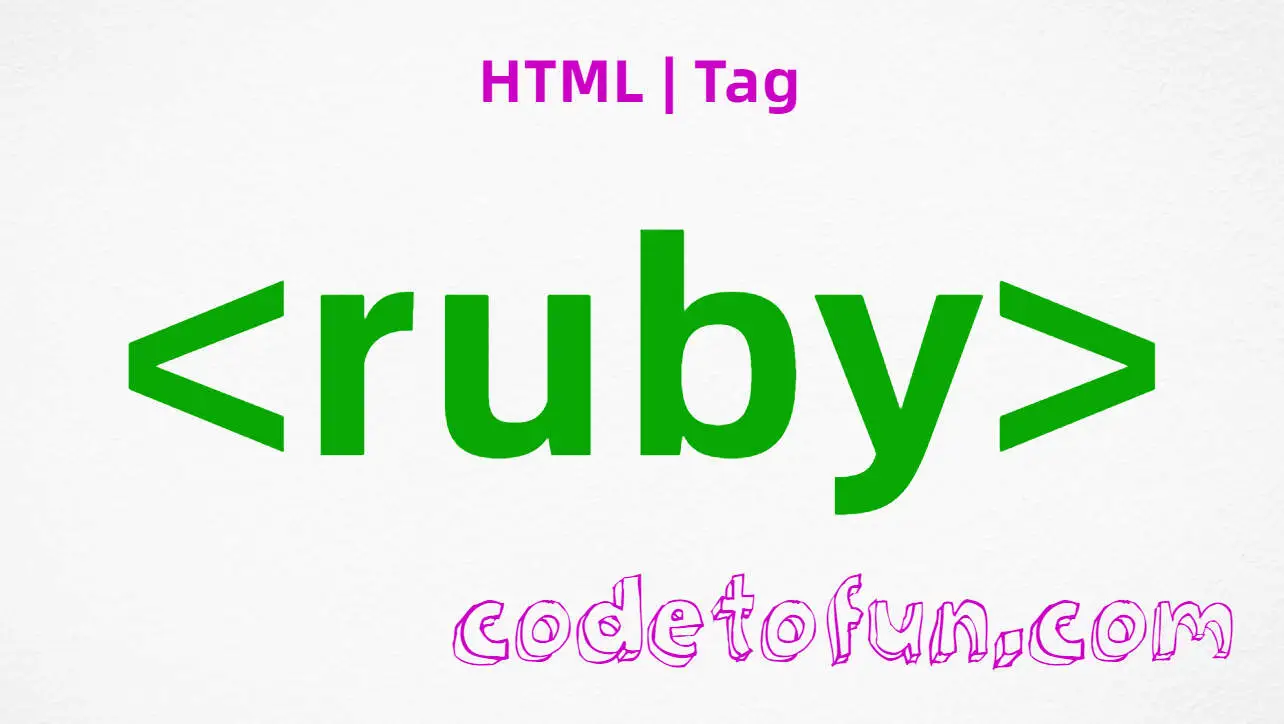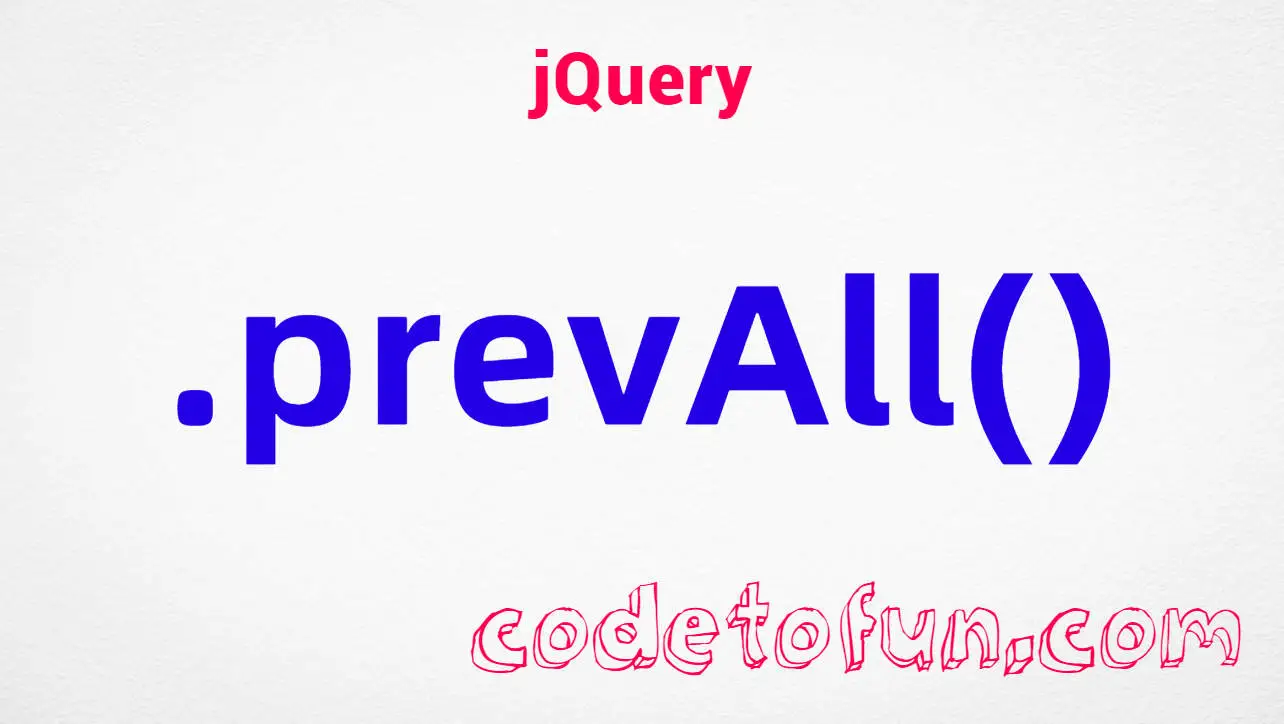
HTML Basic
HTML Reference
- HTML Tags
- <!--...-->
- <!DOCTYPE>
- <a>
- <abbr>
- <address>
- <area>
- <article>
- <aside>
- <audio>
- <b>
- <base>
- <bdi>
- <bdo>
- <blockquote>
- <body>
- <br>
- <button>
- <canvas>
- <caption>
- <cite>
- <code>
- <col>
- <colgroup>
- <data>
- <datalist>
- <dd>
- <del>
- <details>
- <dfn>
- <dialog>
- <div>
- <dl>
- <dt>
- <em>
- <embed>
- <fieldset>
- <figcaption>
- <figure>
- <footer>
- <form>
- <h1> to <h6>
- <head>
- <header>
- <hgroup>
- <hr>
- <html>
- <i>
- <iframe>
- <img>
- <input>
- <ins>
- <kbd>
- <label>
- <legend>
- <li>
- <link>
- <main>
- <map>
- <mark>
- <menu>
- <meta>
- <meter>
- <nav>
- <noscript>
- <object>
- <ol>
- <optgroup>
- <option>
- <output>
- <p>
- <param>
- <picture>
- <pre>
- <progress>
- <q>
- <rp>
- <rt>
- <ruby>
- <s>
- <samp>
- <script>
- <search>
- <section>
- <select>
- <small>
- <source>
- <span>
- <strong>
- <style>
- <sub>
- <summary>
- <sup>
- <svg>
- <table>
- <tbody>
- <td>
- <template>
- <textarea>
- <tfoot>
- <th>
- <thead>
- <time>
- <title>
- <tr>
- <track>
- <u>
- <ul>
- <var>
- <video>
- <wbr>
- HTML Deprecated Tags
- HTML Events
- HTML Global Attributes
- HTML Status Code
- HTML Language Code
- HTML Country Code
- HTML Charset
- MIME Types
HTML ruby Tag

Photo Credit to CodeToFun
🙋 Introduction
The <ruby> tag is a unique and powerful HTML element used for annotating complex text, especially in languages with characters or symbols that might require pronunciation assistance.
This guide explores the functionality and implementation of the HTML <ruby> tag.
🤔 What is <ruby> Tag?
The <ruby> tag is designed for annotating text with pronunciation information, usually in the form of small annotations called ruby text. This is particularly useful for languages like Japanese or Chinese, where characters may have multiple readings.
💡 Syntax
To use the <ruby> tag, you need to include both the base text (the content being annotated) and the ruby text (the pronunciation guide). The <rt> tag is used for the ruby text.
<ruby>
Base Text <rt>Ruby Text</rt>
</ruby>🧰 Attributes
The <ruby> tag supports the class and style attributes, allowing for customization of the visual presentation of the ruby text.
<ruby class="pronunciation" style="font-size: 1.2em;">
漢字 <rt>Kanji</rt>
</ruby>📚 Common Use Cases
Multilingual Support:
The
<ruby>tag is particularly beneficial when dealing with multilingual content. It provides a way to offer pronunciation assistance for characters or words in different languages.multilingual-support.htmlCopied<ruby> 你好 <rt>Nǐ hǎo</rt> </ruby>Educational Content:
In educational materials, the
<ruby>tag can be used to aid learners in understanding the pronunciation of specific terms or phrases.educational-content.htmlCopied<ruby> <span class="science-term">Photosynthesis</span> <rt>foh-toh-sin-thuh-sis</rt> </ruby>
🖥️ Browser Support
Understanding the compatibility of the <ruby> tag across different browsers is essential for delivering a consistent user experience. Here's an overview of its support:
- Google Chrome: Fully supported.
- Mozilla Firefox: Fully supported.
- Microsoft Edge: Fully supported.
- Safari: Fully supported.
- Opera: Fully supported.
- Internet Explorer: Partial support (some versions may have limitations).
Ensure you test your code in various browsers to guarantee a seamless experience for your audience.
🏆 Best Practices
- Ensure that the ruby text is concise and relevant to aid in proper pronunciation.
- Test the rendering across various browsers to guarantee consistent display.
🎉 Conclusion
The HTML <ruby> tag is a valuable tool for enhancing the accessibility and understanding of text, particularly in multilingual or educational contexts. By incorporating ruby text annotations, you can provide valuable pronunciation assistance for your audience.
👨💻 Join our Community:
Author

For over eight years, I worked as a full-stack web developer. Now, I have chosen my profession as a full-time blogger at codetofun.com.
Buy me a coffee to make codetofun.com free for everyone.
Buy me a Coffee












If you have any doubts regarding this article (HTML ruby Tag), please comment here. I will help you immediately.